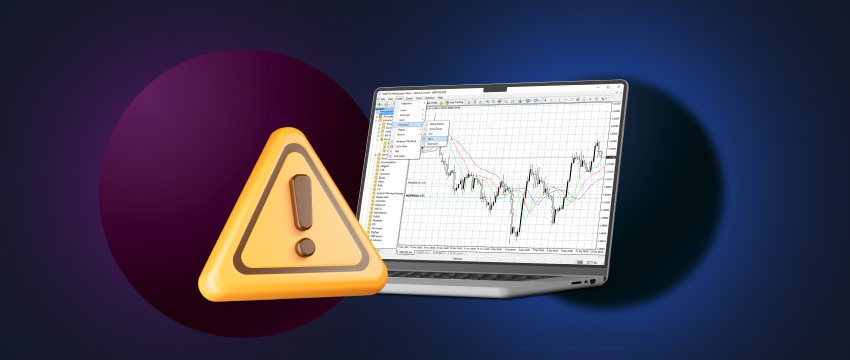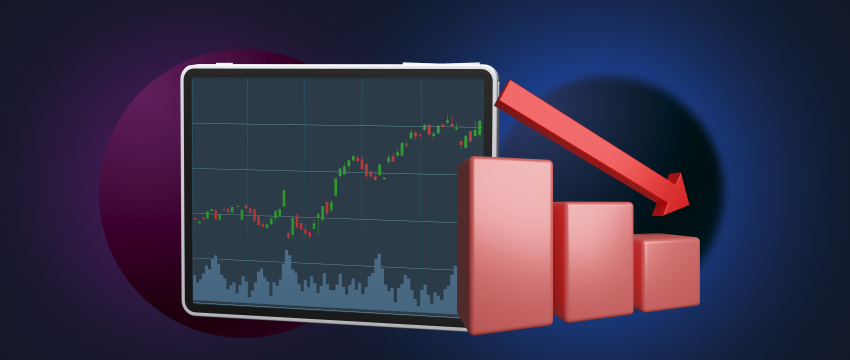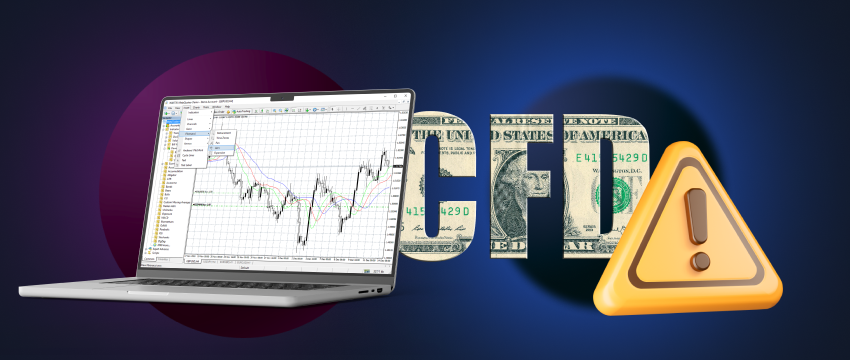Trading decisions typically depend on several factors. These include market volatility, economic or geopolitical events or announcements, market sentiment, investment goals, etc. Having the ability to navigate these variables requires a smart trading plan that works in the forex market.
In this article, we’ll discuss 7 key components of an effective plan that will help you achieve trading success.
1. Make the plan detailed and concise
A smart trading plan is one that is written and takes into account trading style and objectives. It should be detailed, easy to follow and tailored to your individual trading characteristics. The plan should also be definitive. What do you hope to achieve through trading? Are you looking to make a quick profit or are you in it for the long haul? Do you have the expertise to trade in a live trading environment or do you still have a lot to learn? Identifying and understanding your goals will help you make better trading decisions and stay focused on what matters most.
2. Integrate measures to manage risk
How much you are prepared to risk on one trade largely depends on your trading style and risk tolerance. This is what makes risk management one of the most important aspects of any smart trading plan. The plan must set the parameters of how you manage risk and limit your losses. This might include setting stop-loss orders, diversifying your portfolio or using risk management tools like position sizing.
3. Establish your time horizons
The time horizon in forex trading refers to the length of time a trader holds a position in a currency pair. Different traders have different time horizons depending on their trading style, strategies, or goals.
- Some traders prefer short-term trading strategies, such as scalping or day trading. This typically involves holding positions for a few minutes to a few hours. These traders are focused on capturing small price movements in the market and making multiple trades per day.
- Other traders seek to hold positions for several days or weeks, based on fundamental or technical analysis of market trends and indicators.
- Long-term traders, also known as position traders, hold positions for weeks, months, or even years. Their trading decisions are usually based on the trader’s long-term outlook for the market and underlying economic factors.
Establish what type of trader you are, as well as the time you’re willing to commit to trading and ensure your trading plan aligns with both.

4. Set entry and exit rules
Entry and exit rules are a critical part of any smart trading plan. Entry rules determine when a trader should enter a trade while exit rules define when a trade should be exited. They are usually based on a trader’s trading strategy, risk tolerance, skill level, and the state of the financial market.
Entry rules are typically based on technical and fundamental analysis, technical indicators, and risk/reward ratio. Exit rules may include the use of stop-loss orders, take-profit orders, trailing stop orders and market conditions.
Automated Trading:
Many global traders today have turned to automated trading to execute trades based on pre-defined rules. The programs can be set up to monitor the market and open or close trades automatically when certain criteria are met. Decisions are based on probability rather than feelings, reducing the risk of emotive trading that may negatively impact trading outcomes.
5. Monitor your performance
Once you start trading, it is vital to monitor your performance and make changes to your plan, as needed. This might entail tweaking your trading strategy based on market conditions or adjusting your risk management plan based on trading outcomes. Other ways to monitor your trade performance include:
- Keeping a trading journal. Write down the details of each trade (including entry/exit points), the size of each position, and the reason for entering or closing the trade. Review your journal for historical reference and to identify patterns and areas for improvement.
- Analyse each trade. Identify what went well or didn’t go well. Note your entry/exit points, strategy for risk and overall approach to trading. Use this data to adjust your trading plan and improve your performance.
- Set benchmarks and goals. The ability to measure progress and outcomes will help you identify areas for improvement. Key metrics include win/loss ratio, risk/reward ratio, and average profit/loss.
- Get feedback. If you’re a new trader or a trader looking to improve their skills, seeking feedback from other traders or coaches may provide you with valuable insights on your performance.
By continually reviewing and analysing your trades, you can refine your trading strategy and potentially become a more successful trader.
6. Keep on learning
Learning is an ongoing process in the forex space and an important component of a smart trading plan. This is because forex trading is constantly evolving, with new market trends and strategies emerging continuously. The forex market is also the largest and most active financial market in the world, and what worked yesterday, might not necessarily work today.
Ongoing learning helps traders to quickly adapt to changes in the market and make better-informed trading decisions. It also helps traders to avoid common mistakes or pitfalls and plays a vital role in identifying trading opportunities. Some of the ways to continue learning about forex include attending webinars or seminars, reading books and articles, or taking online courses. Other ways to learn are through joining trading communities, and probably most importantly, practising with a demo trading account.

Benefits of a demo trading account
- Simulates a real trading environment.
- Risk-free trading as the trader uses virtual money.
- Provides a trader with the opportunity to become more familiar with the trading platform.
- Traders can use the demo account to test their trading strategies, analyse their performance, and adjust before implementing them in real trading.
- The trader can gain experience in the financial markets, learn how to analyse market trends and understand the impact of news and events on the market.
7. Stick to your plan
Probably the most vital element of any smart trading plan is actually sticking to it. This requires the trader to follow their strategy, properly manage risk, and reduce emotive trading decisions that can result in poor trading outcomes. This is not to say that adjustments won’t need to be made.

You can commence trading immediately with T4Trade.
T4Trade is quickly gaining popularity among global traders, particularly for its trading expertise and MT4 innovation. T4Trade’s MT4 platform provides traders with most of the trading tools required to make strategic trading decisions. The CFD broker is also best known for the fast execution of trades, competitive spreads, flexible trading conditions, and security of funds. It also offers access to 300+ financial instruments across 6 asset classes.
INFORMAÇÃO LEGAL IMPORTANTE: Esta informação não deverá ser considerada como aconselhamento ou recomendação ao investimento, mas apenas como comunicação de marketing.




